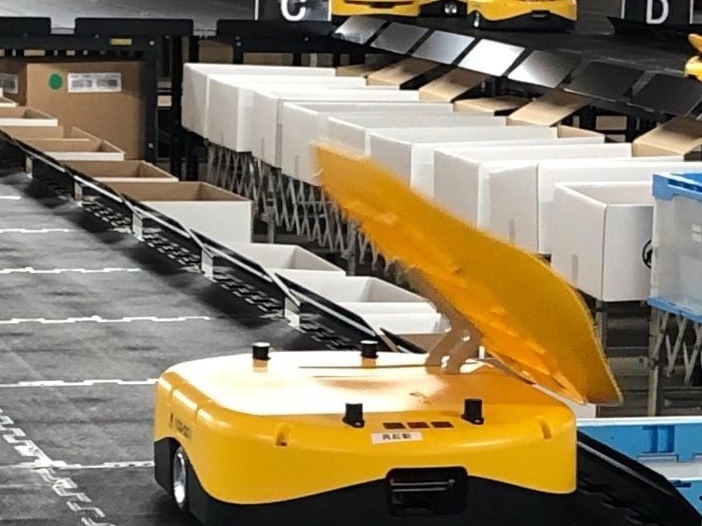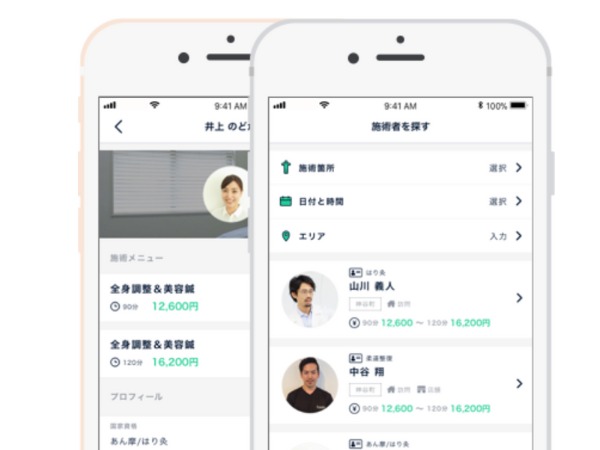The real-time train tracking system project was initiated with the objective of enhancing the passenger experience by providing real-time train tracking and schedule information, integrating other means of transportation to reach the station. The project team was tasked with designing and developing a custom train tracking system in Japan that would work seamlessly with the existing schedule information system.
What have we accomplish
The system provides passengers with real-time information about the location and status of trains, how and when to get to the station, as well as notifications in case of any delays or cancellations. The user-friendly mobile application makes it convenient for passengers to access the information they need. The real-time information has been a significant contribution to the environment and society, encouraging more people to use public transportation.

Key successes
Since its launch in 2019, the system has been running smoothly with zero critical errors reported. It provides reliable train information to over 8 million passengers daily, making their journey smoother and more convenient.
The project has now entered the maintenance phase, with a stable version available on the Apple store and periodic patches released to optimize performance and fix any miscellaneous flaws.
The system has been a great success in streamlining the passenger experience, and we are proud to have played a role in its development.
Tech stacks
- Flutter/Dart – used for building the front-end interface of the app with a sleek, user-friendly design.
- GoLang – used for the back-end development, ensuring a robust and scalable solution for tracking trains in real-time.
- BigQuery – used for storing and analyzing large amounts of data for real-time train tracking information.
- Google Calendar – integrated with the app to provide real-time updates and notifications to users.
- Dynamic Link – used to provide seamless navigation between the app and Google Calendar.
- Firestore – used as a real-time database, providing fast and reliable data storage and retrieval.
- AWS – used as the cloud infrastructure, ensuring the app is accessible from anywhere, at any time.
See more of our success stories here!




